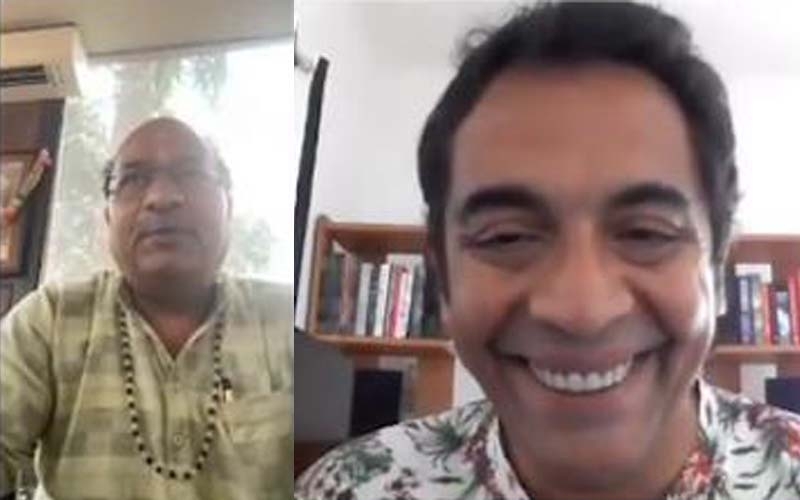Horticulturist of the Month: Kesang Lachungpa

“Kesang Lachungpa, Joint Director, Department of Horticulture, Government of Sikkim is an expert in her professional field. She is a lover of plants and maintains a huge private garden.”
Ques) Tell us about how you got into this field and what attracted you to it?
I have grown up with flowers and plants since both my parents grow flowers as a hobby. So, I was introduced to them in my childhood. Incidentally, I managed to be selected as a Horticulture officer in my state and I have ever since managed to always be in touch with plants professionally. I completed my B.Sc. Horticulture in the year 1999 from Marathwada Agriculture University and my post-graduation in Olericulture from Gujarat Agriculture University, Navsari campus in 2001. Presently, I am holding the post of Joint Director, Floriculture. As the name suggests our work involves extension work specifically helping our farmers to grow flowers for cut flower production.
Ques) How is Horticulture viewed in Sikkim?
Talking about Horticulture, Sikkim is gifted with a wide range of agro-climatic conditions ranging from tropical, sub-tropical and alpine regions with a drastic change in elevation within a short period of time. So it gives us a chance to grow different types of vegetables, fruits, flowers and spices.
Most of the farmers are small and marginal having land of half an acre to a maximum of two acres. Due to the small landholding, the farmer practices an integrated cropping system with the judicious use of the available land for growing different horticulture crops along with animal husbandry. Farmers who cultivate flowers also cultivate other horticulture crops.
Ques) What flowers are promoted in Sikkim?
Under the Horticulture Mission for North East & Himalayan States (HMNEH) Scheme floriculture programme is one of the subcomponents. The scheme emphasizes on cut flower production. Under this scheme, some of the flowers are grown in a fabricated and low-cost greenhouse measuring 100 sq mts. in size. For example Orchids, Carnation and Gerbera under protected conditions and under the open condition the flowers adopted are Alstromeria, Lillium, Gladiolus etc.
Ques) How do you carry out the implementation programme?
The most important part of successful implementation is on identifying potential growers. People are sensitized through various programmes by conducting the training & exposure visit in order to make them understand the technical aspects of flower growing. The beneficiaries are then chosen based on the Gram Sabha, the availability of land and the interest of the farmers. Beneficiaries are even struck off if they fail to attend the training. After planting in the main field regular visit is done by the officers till the farmers are able to grow cut flowers.
Ques) Advice to our readers, youngsters to encourage them into this field?
To strive to be an expert in the field of Floriculture creates good job opportunities. I personally feel that this field is not adequately explored in the State of Sikkim. If we are able to manage a large scale commercial venture in this field then it is a profitable and mentally satisfying profession. This field provides vast options to become a professor, scientist, landscape architect, designer, etc.


